UKCCS
Type of resources
Topics
Keywords
Contact for the resource
Provided by
Years
Formats
Representation types
Update frequencies
Scale
Resolution
-
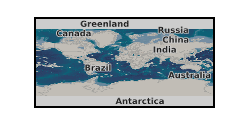
Fault risk remains a key parameter in evaluating the potential for trapping CO2 in the subsurface, yet very little is known about the conditions under which CO2 and CO2/hydrocarbon mixtures are retained by faults. The project will investigate the roles and properties of faults in their capacity to retain CO2. Natural and engineered accumulations of hydrocarbon and CO2-hydrocarbon mixtures will be examined across a wide self-similar province (to minimize geological variability) to develop a knowledge base of fault flow properties. Fault geometries, orientations, seismic attributes, proven vertical trapping and lateral pressure retention values and column-heights will be documented. High-quality data-rich examples will be selected for analysis with established software tools to predict and calibrate CO2 column height and pressure retention. Differences between prediction and observation will be reconciled by checking site-specific geology and optimising the petrophysical property values assigned to the faults, reservoir, seals and fluids (within realistic ranges) to produce an understandable pragmatic and calibrated fit. The fault properties knowledge-base and the newly calibrated tools will be applied to selected key reservoirs from the ETI UK Storage Assessment Project (UKSAP). This will provide improved and evidence-based assessment of storage in regional UK North Sea aquifers such as the Bunter Sandstone, Forties, Tay and Captain. These are some of the largest and promising early developments for storage and are vital to reducing storage costs via multi-user storage. The Bunter Sandstone has 8Gt CO2 unrisked capacity - but only 1Gt may be considered viable because of fault risk. The Captain, Forties and Tay sandstones total 11.5Gt CO2 unrisked capacity, of which only 1Gt may be currently considered viable. The impact of the research will be to upgrade parts of the UKSAP assessment and to assist the development of the large capacity element in these formations that does have perceived fault risk. Grant number: UKCCSRC-C1-14.
-
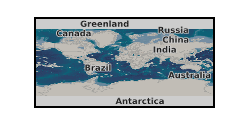
The project will three-dimensionally image hydraulically conductive features in the reservoir, caprock and overburden of an active CO2 injection site: the Aquistore site, Canada. Our research will provide important information on potential migration pathways within the storage complex to inform future monitoring strategies at the Aquistore site and at future storage sites. We will monitor micro-seismic events prior to, and during, CO2 injection using a three-component nanoseismic surface monitoring array which will complement data collected by the existing geophone network at the site. This analysis can be used to provide deep focussed monitoring information on permeability enhancement near the injection point. As injection continues it will also enable imaging of any flowing features within the caprock. Grant number: UKCCSRC-C1-19.
-
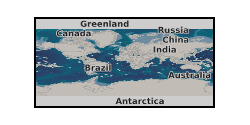
This project will develop and experimentally validate a heterogeneous flow model for predicting the transient depressurisation and outflow following the puncture of dense phase CO2 pipelines containing typical impurities. Such data is expected to serve as the source term for the quantitative consequence failure assessment of CO2 pipelines including near field and far field dispersion, fracture propagation and blowdown. Grant number: UKCCSRC-C1-07. UKCCSRC - UK Carbon Capture and Storage Research Centre.
-
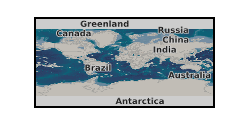
This project will tackle one of the key technical challenges facing the development of commercially viable CO2 transport networks: modelling the phase behaviour of impure carbon dioxide, under the conditions typically found in carbon capture from power stations, and in high-pressure (liquid phase) and low-pressure (gas phase) pipelines. Models for phase behaviour are known as equations of state (EoS). EoS vary in their mathematical form, accuracy, region of validity and computational complexity. Because different applications have different requirements, there is no single EoS that is ideal for all applications. This project will use cutting-edge computer algorithms to automatically reparameterise EoS for CCS modelling. This flexible technique will allow a user to specify their requirements and re-derive model parameters matched to their needs. Our algorithms will directly produce functional forms for EoS from experimental data, thus fully automating the derivation of EoS. This will enable users to rapidly produce bespoke EoS that are tailored to their particular application, and will enable these models to continually evolve as new measurements become available, ensuring that experimental advances are rapidly converted into improved CCS modelling and, ultimately, better performance and efficiency of real CCS processes. Grant number: UKCCSRC-C1-22.
-
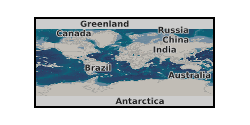
This presentation on the UKCCSRC (UK Carbon Capture and Storage Research Centre) Call 1 project, Multi-Phase Flow Modelling for Hazardous Assessment, was presented at the Cranfield Biannual, 22.04.15. Grant number: UKCCSRC-C1-07.
-
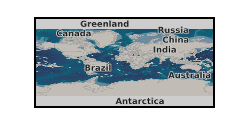
This poster on the UKCCSRC (UK Carbon Capture and Storage Research Centre) Call 1 project, Multi-Phase Flow Modelling for Hazardous Assessment, was presented at the Cambridge Biannual, 02.04.14. Grant number: UKCCSRC-C1-07.
-
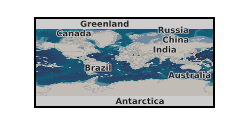
This poster on the UKCCSRC (UK Carbon Capture and Storage Research Centre) Call 1 project, Multi-Phase Flow Modelling for Hazardous Assessment, was presented at the Cranfield Biannual, 21.04.15. Grant number: UKCCSRC-C1-07.
-
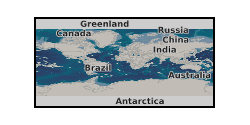
This is a blog (Final, 18.11.14) on the UKCCSRC (UK Carbon Capture and Storage Research Centre) Call 1 project, Multi-Phase Flow Modelling for Hazardous Assessment. Grant number: UKCCSRC-C1-07.
-
UKCCSRC Call 1 project poster: Fault seal controls on storage capacity, Cranfield Biannual, 21.04.15
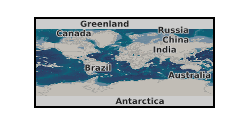
This poster was presented at the Cranfield Biannual, 21.04.15. Grant number: UKCCSRC-C1-14. The data consists of a poster presented at the UKCCSRC biannual meeting in Cranfield, April 20th 2015. The poster describes an overview of work carried-out on behalf of the 'Fault seal controls on CO2 storage capacity in aquifers' project funded by the UKCCS Research Centre, grant number UKCCSRC-C1-14. Three main work strands are briefly described: 1) The Captain Sandstone aquifer is studied for the geomechanical integrity of faults, 2) Shallow gas accumulations in the Netherlands sector of the Southern North Sea provide an opportunity to study their coincidence with faulting while commonalities in the nature of the faults provide an indication of factors that might lead to fault leakage in CO2 storage sites. 3) The Fizzy gas field which is naturally rich in CO2 is studied for its fault seal potential as a natural analogue for fault-bounded storage sites.
-
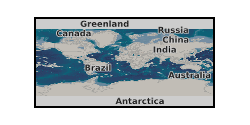
This presentation on the UKCCSRC Call 1 project, Determination of water Solubility in CO2 Mixtures, was presented at the Cranfield Biannual, 22.04.15. Grant number: UKCCSRC-C1-21.
 BGS Data Catalogue
BGS Data Catalogue